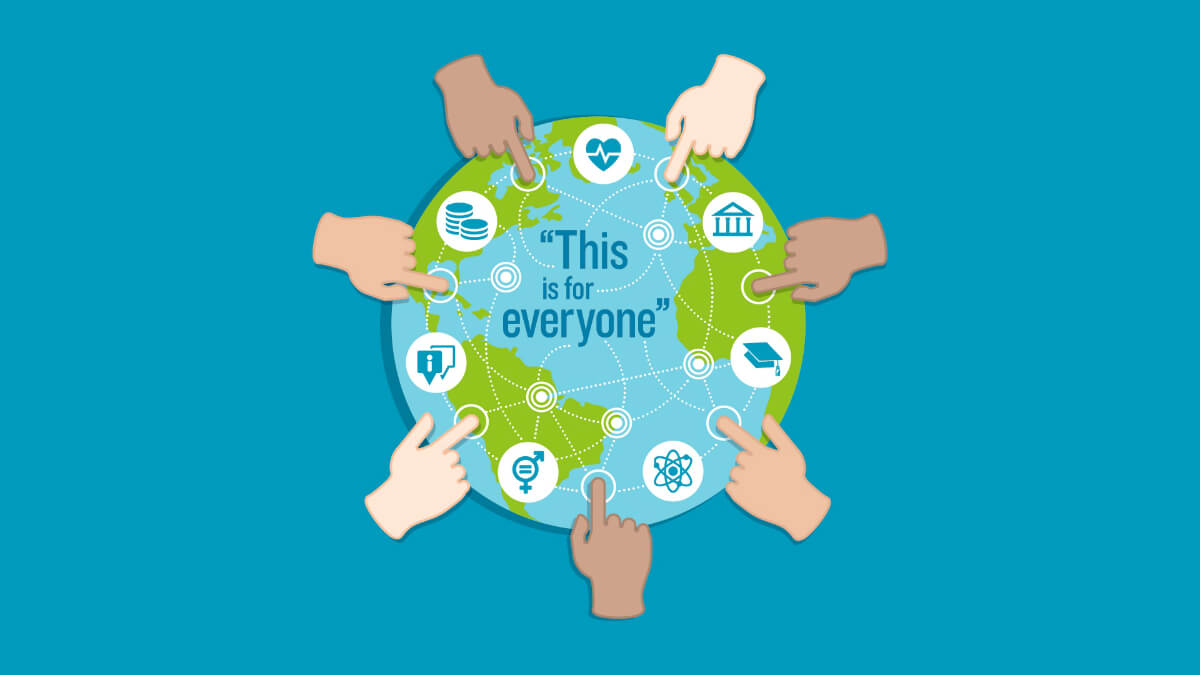The world yearns for fairness, and equality. After all, they do seem to formulate the basic fundamental principles of a functioning society.
What I am proposing to highlight, is the interchangeable disposition of the two, and how the subjective nature makes them difficult to attain.
The first distinction centres around the notion of emotive versus regulated. Fairness is defined as:
“impartial and just treatment or behaviour without favouritism or discrimination”
Equality is:
“ the state of being equal, especially in status, rights, or opportunities”
Although in principle, the quest for fairness and equality is a noble one, the outcome is somewhat skewed, with fragmented results based on political, environmental and social agendas. The issues revolve around agreeing on a fixed viewpoint as well as introducing all the variables, (there are a lot of them).
Essentially, what this translates to any given researcher, unfortunately, depends on their position within the political spectrum.
Studies have shown that the left perceives that an equal amount of fairness and equality distributed amongst its population brings about the best results. This is refuted by those in the centre and right, who believe that this goes against the natural laws.
If we use a tool that is common in daily work life as a way to understand the concept further, we can take Pareto’s Principle to gage the above statement. We use the 80/20 rule because it is of the belief that for many outcomes, roughly 80% of consequences come from 20% of the causes. One of the first test cases was the observation that 80% of Italy’s wealth belonged to only 20% of its population.
This is a sentiment that is widely discussed politically concerning the gap in wealth in most countries. So, if Pareto’s Principle is anywhere near as accurate as what the data shows, this means that most things in life are not distributed evenly. Where does this put the argument for fairness and equality?
Let’s take an example of an imaginary nation with an arbitrary number of individuals, who have completely random sets of traits, characteristics and skills. Fairness would be to treat all of them with the same respect and dignity irrespective of their gender, age, race or religion. Equality would attempt to eliminate the uneven balance of work, power, and pay. In other words, men and women must have equal chances on the labour market, hence sharing responsibility for home and family life.
Let’s assume that fairness is mostly agreed by its inhabitants. Anyone who has children will testify that an appreciation of fairness is moulded at an early age, or at least its usefulness when appealing to authority. “But that’s not fair”, is one of the earliest indications of the achievement of morality.
So it’s settled that a doctor is regarded to have a higher “usefulness” than a shop clerk and the pay increase is justified. A male doctor and a female doctor are paid the same as part of the equality of opportunity ideal.
So far, the nation is in a good state of fairness and equality. However as time goes by, a natural phenomenon stirs change amongst the society. A glance of the nation as a whole, will show the following to some extent:
Gender-based division of labour
Men and women differ biologically, as well as culturally, and this has been researched over the past few decades. It has been shown that men lean towards “things” whilst women prefer people. This is heavily evidenced by the Scandinavian countries, who are currently the most advanced curators of an inclusive society.
What the issue is with this form of egalitarianism, is the artificial creation of an equal society, by using equality of outcome. To social engineer the promotion of a particular group, in the name of fairness, has an equal and opposite effect on another group, and in turn, creates a larger gap between men and women.
Men naturally tend to prefer engineering-related occupations, whilst women prefer healthcare.
The idea that the state should get involved to equalise the percentages, by removing the free choice of its inhabitants, makes no sense in shifting the maximum productivity of the population as a whole.
As long as there is free choice, the biological and cultural traits will always create a difference between what men and women choose.
Increasing prosperity gap
Within a free market, entrepreneurial and ambitious individuals will perform greater and in turn, will produce higher productivity. According to British historian of science, Derek Price, “50% of the work is done by the square root of the total number of people who participate in the work.” In other words, 10% of the population of our village will eventually produce 50% of the total output. If we relate this to prosperity, even if everyone started with an equal footing, Pareto’s distribution law, also known as the Power Law, dictates that in time, this money will get re-distributed to the 1%.
To understand a little on how this occurs, we could look at the flow of income in society.
– Wages, salaries and benefits paid to people
– Money spent on goods and services
– Business owners accumulate profits, and distribute amongst shareholders
– Rental income to owners of property and land
As one can see, the direction flow of the income is evident. Even with mechanisms in place, such as progressive taxation i.e. ensuring higher-income individuals are charged a higher percentage, the gap continues to widen.
As time goes by, the perception of fairness and equality changes. Humans are built differently to one another. Their ability, intuition, intelligence and moral compass differs hugely in some cases. With this in mind, can we truly expect equality without a loss in innovation and productivity? Fairness should be a universal constant, whilst equality should be instilled, BUT disconnected from equity.

